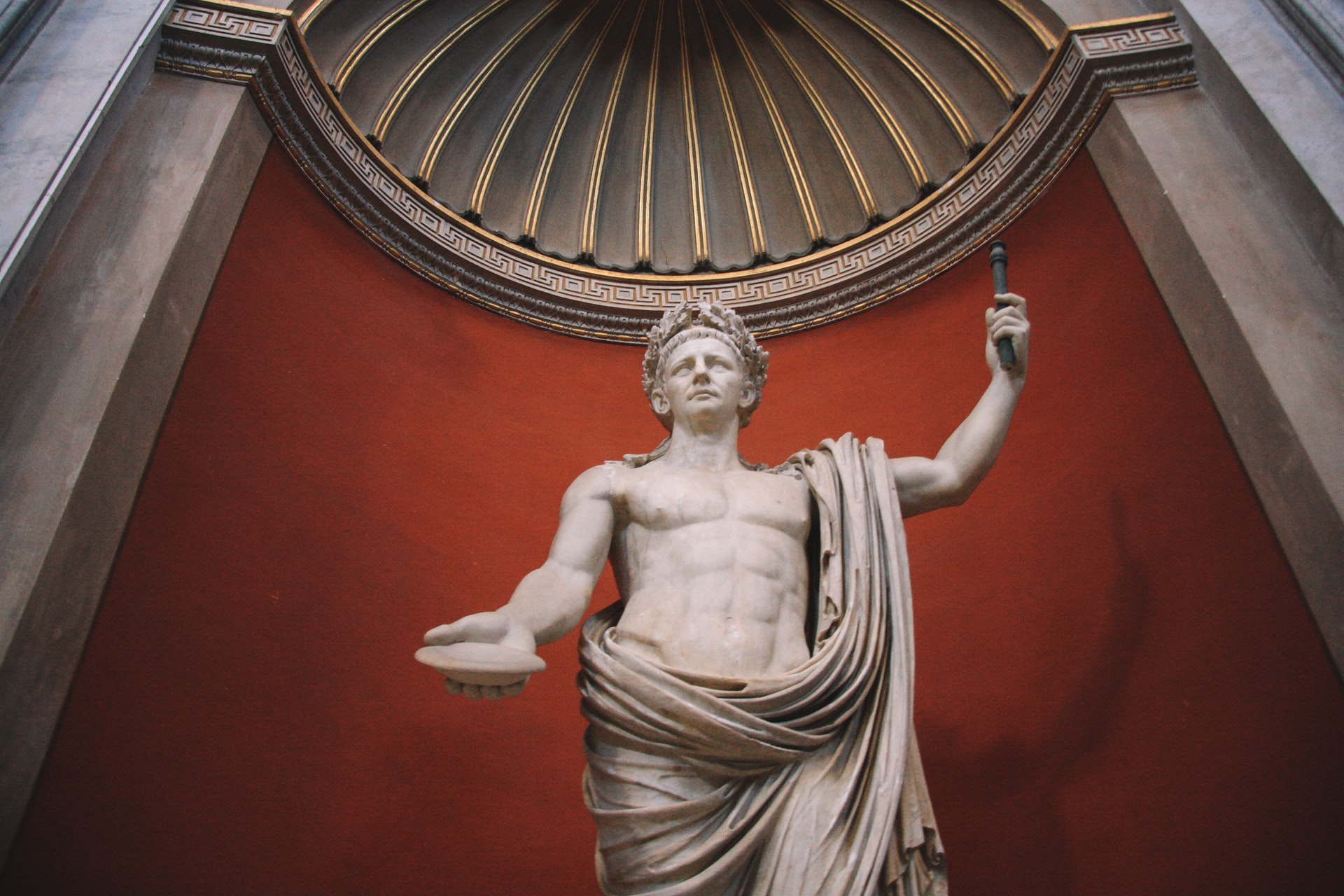We learn from medieval history that it is important to be able to understand the perspective of the other side. When we have a different point of view, we can better understand what the other person is thinking and feeling. This ability is essential for writing persuasive content.
As a society, we are becoming more and more polarized in our opinions. We are constantly seeing things from our own perspective and not understanding how others see things. This makes it difficult for us to write content that is persuasive and resonates with people on all sides of an issue.
Why is the Late Middle Ages a Period of Interest?
The Late Middle Ages is a period that is often considered to be the most significant and influential in medieval history. It was the time when Europe began to experience a shift from the Dark Ages to the Renaissance.
The Late Middle Ages was a time of great social change, economic development, and cultural innovation. The period witnessed the rise of powerful monarchs and their political institutions, which led to increased centralization and state formation.
In addition, it also saw an increasing influence of Christianity as well as a gradual decline of feudalism.
A Tour of Europe – Medieval History Documentary
How the Late Middle Age is Still Relevant?
The Middle Ages is a time period in European history that spanned from the 5th to the 15th century. It was a period of transition when people were trying to figure out what their new identity would be after the fall of Rome.
The Late Middle Age is still relevant today because it created a lot of cultural and social norms that are still in use today. These norms include things like democracy, nationalism, religious tolerance and others.
What is Known about the Late Middle Ages?
The Late Middle Ages is a period of time that lasted from the end of the Middle Ages to the beginning of the Renaissance. It was marked by a decline in urban populations and trade, as well as an increase in plague and warfare.
The Late Middle Ages is a period of time that lasted from the end of the Middle Ages to the beginning of the Renaissance. It was marked by a decline in urban populations and trade, as well as an increase in plague and warfare. The Late Middle Ages was characterized by feudalism, which was gradually replaced by state-level monarchies with absolute power.
The introduction for this research paper discusses what is known about this period in history and how it is important to know about it if you are writing about medieval Europe or if you are doing research on medieval Europe.
Key Historical Events of The Late Middle Age & What They Mean for Today’s Society
The Late Middle Age was a time period of time in Europe. It was known for its economic, political, and social changes. In this section, we will discuss some of the key historical events that took place during this period and what they mean for today’s society.
The Black Death:
The Black Death is one of the most significant events in European history that occurred during the late middle ages. It caused an estimated 60-80% of Europe’s population to die off in a span of four years. This event had many consequences such as changing the way people thought about religion and life itself.
You may also read:
- Why it’s Harder to Understand the Roman Empire Than You Think
- Things You Need to Know about the Iron Age



